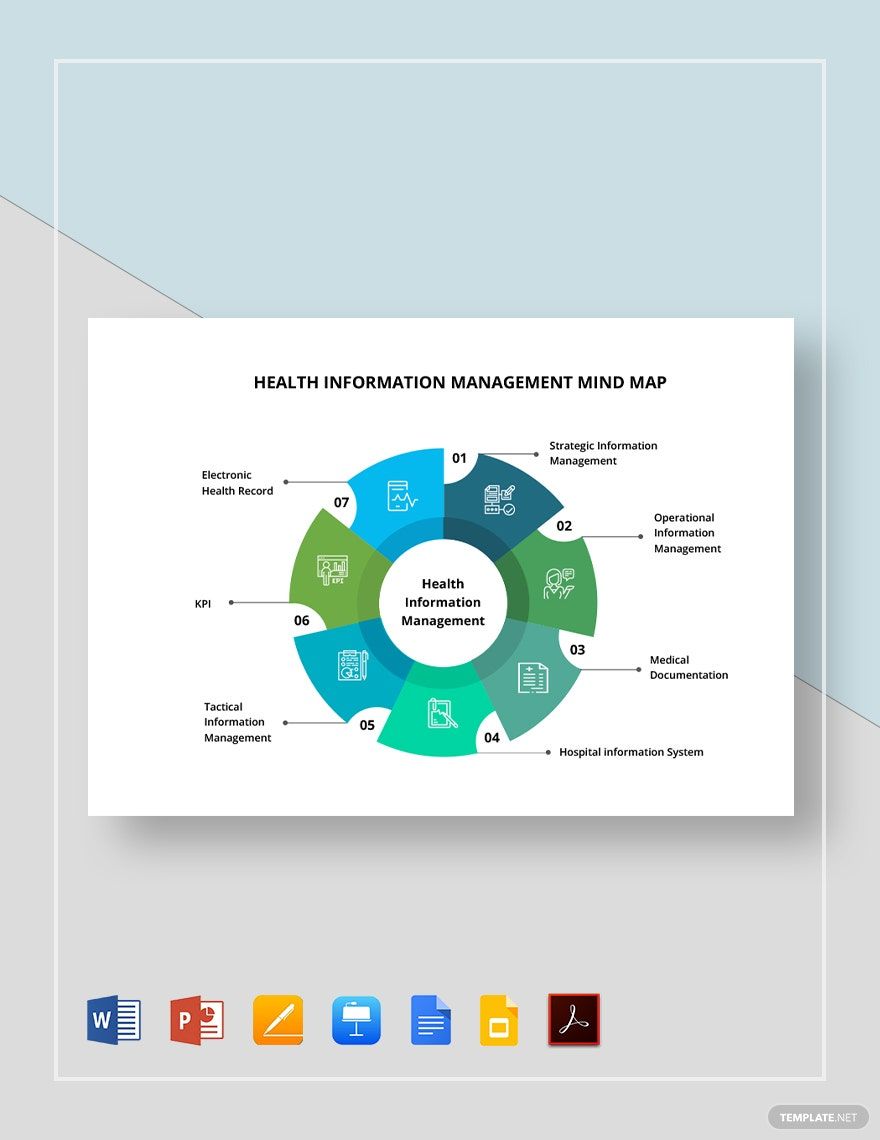Enhance Your Wellness Presentations with Ready-to-Use Health Templates in Microsoft Power Point by Template.net
Bring your healthcare messages to the forefront with professionally designed Health Templates in Microsoft Power Point by Template.net. These meticulously curated slides are perfect for health professionals and educators looking to elevate their presentations without the hassle. Create impactful presentations to promote health awareness, display patient care plans, or showcase dietary improvements. Choose from a range of beautiful pre-designed slides that are completely free and compatible with Microsoft Power Point. Enjoy the simplicity of downloadable and printable files, tailored for both print and digital sharing. Whether you're planning a community health seminar or aiming to share innovative research findings, these easy-to-use tools require no design skills, thanks to our stunning, readily available free templates.
Explore a wealth of stunning Health Templates in Microsoft Power Point that cater to various wellness topics and initiatives. Our library is consistently refreshed with new designs, providing you with fresh inspiration and the latest trends in health promotion. Take advantage of our extensive selection of pre-designed templates, which include not only free options but also Premium designs for a more tailored approach. Once your presentation is complete, easily download or share it through email or digital platforms, ensuring your message effectively reaches a broader audience. With our array of free and Premium templates, you have the flexibility to customize your presentation to perfection, turning your health content into an engaging experience for all.




















